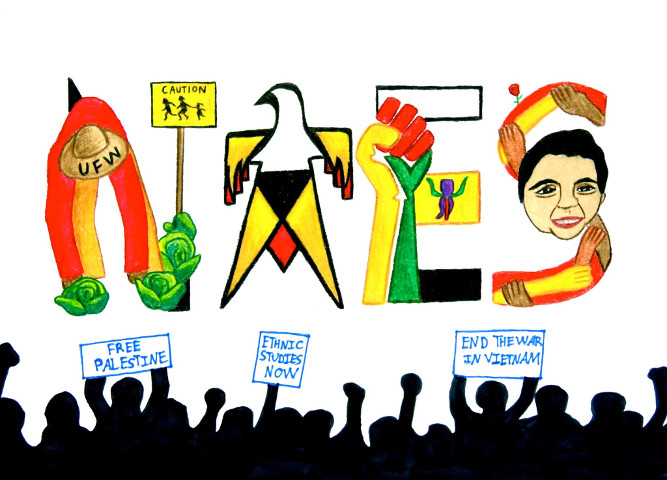Explorations in Sights and Sounds

Orginal Publication Date
1989
Journal Title
Explorations in Sights and Sounds
Volume
9
Issue
ess/vol9/iss1
First Page
18
Last Page
20
Abstract
This anthology bobs out of the stormy sea of psychological research centered on minorities. The relationship between psychometrics and American minorities such as blacks, Native Americans, and Hispanics, is a long and troubled one. Prior to World War II standardized psychologic instruments were used mostly to assess and compare educational performance or "temperament" of whites and blacks or other racial minorities. But criticism emerged which questioned the reliability of such psychological tests. The tests seemed to find that, first, blacks and other minorities were inferior educational achievers compared to whites; and, second, severe psychosocial deficiencies of these minority group populations were the basis for their lower achievement. Since the Second World War the use of psychological tests or "inventories" has undergone explosive growth beyond the field of education. Psychological assessment instruments -- scales of symptom categories as their users view them -- have become a common fixture in the research and operations of mental health programs, penal institutions, and industrial personnel fields. One feature of this phenomenal growth in modern psychometrics has been the popularity of the Minnesota Multiphasic Personality Inventory (MMPI), now considered internationally as one of the most objective and reliable personality tests.
Rights
Copyright, ©EES, The National Association for Ethnic Studies, 1989


